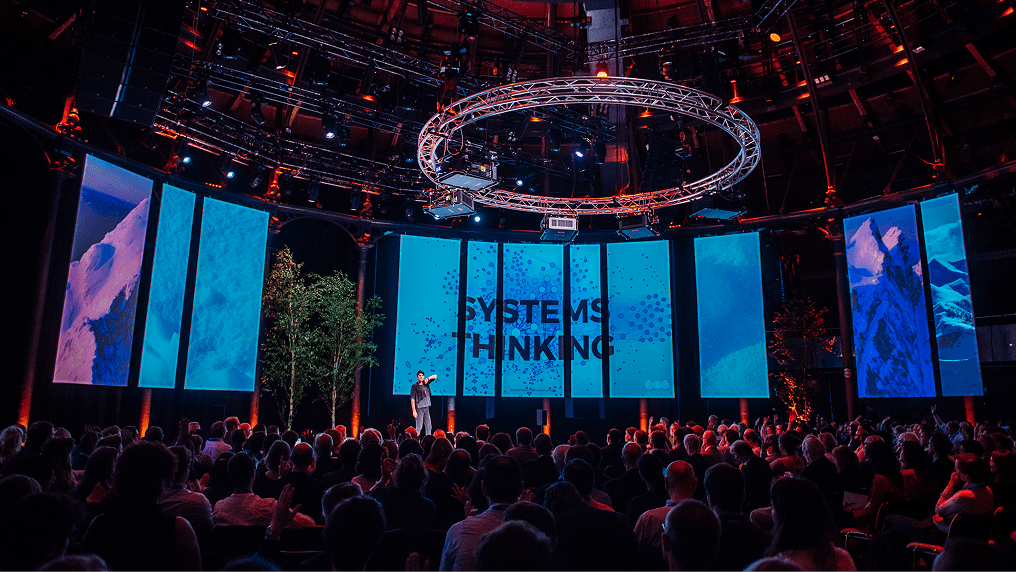In order to accelerate the transition to a circular economycircular economyA systems solution framework that tackles global challenges like climate change, biodiversity loss, waste, and pollution. It is based on three principles, driven by design: eliminate waste and pollution, circulate products and materials (at their highest value), and regenerate nature., it is vital we speak with a common voice, using a common language and definitions that can be used by all.
By establishing a common language, and defining terms that are often misunderstood, the aim is to make it easier for businesses, policymakers, and cities to align on what the circular economy is and how they can adopt truly circular models.
The circular economy glossary includes definitions for commonly-used terms such as recyclerecycleTransform a product or component into its basic materials or substances and reprocessing them into new materials., reverse logisticsreverse logisticsSupply chains dedicated to the reverse flow of products and materials for the purpose of maintenance, repair, reuse, refurbishment, remanufacture, recycling, or regenerating natural systems., and finite resources. It also explains the difference between virgin, non-virgin, and renewable materialsrenewable materialsMaterials that are continually replenished at a rate equal to or greater than the rate of depletion., biological and technical cycles, and reusereuseThe repeated use of a product or component for its intended purpose without significant modification., refurbishment, and remanufacturing.
The terms in the glossary can be applied to any sector of the economy.
It was created in collaboration with IKEA, one of our Strategic Partners, who provided feedback on some of the definitions. When IKEA joined the Foundation, we announced that we would develop a common glossary of terms to support an industry-wide circular economy transition.
Engaging in complex topics such as the circular economy can be made easier and more accessible by finding a shared language that provides a common starting point for discussion, learning, and collaboration. Our ambition with the Foundation has been to level the playing field for the conversations and developments we are all undertaking in our efforts to transition into a circular economy mindset. We hope this will provide a solid reference point in the many aspects of anyone transitioning towards circularity.
Dominique Fularski, Head of Communications, Circular Business Development, Inter IKEA Group
The intention is to expand the glossary over time. We have also published more detailed, sector-specific definitions for plastic packaging, jeans, and Circulytics — our circular economy performance measurement tool — and plan to publish further fashion and food definitions.






